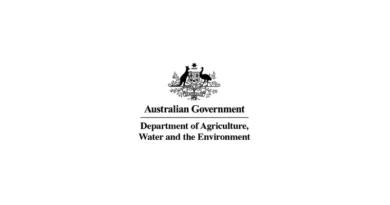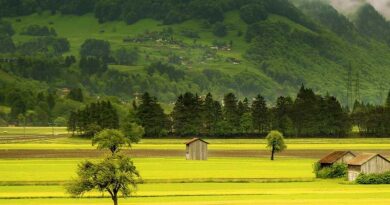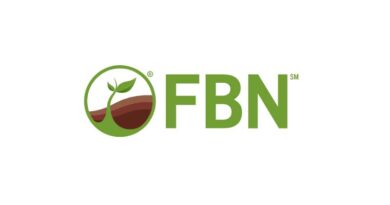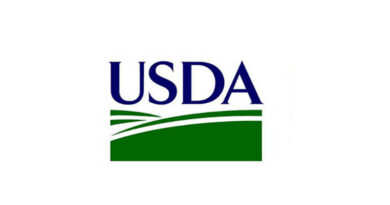Benefits of planting on erodible land laid bare in guides
23 November 2022, NZ: New Zealand Forest Service’s latest series of planting guides provide timely advice for owners of erosion-prone hill country.
“Loss of productive land through erosion has a significant impact on the environment, economy and local communities,” says Dr Emily Telfer, Te Uru Rākau – New Zealand Forest Service manager research and science.
“We can’t prevent storms and floods happening, but through tree plantings we can help mitigate against the impacts on people and livelihoods from slips and erosion.”
The easy-to-read planting guides cover 5 topics:
- what to plant on erodible land
- riparian planting around headwater streams
- plantation forestry on erodible land
- putting a value on the benefits of planted forests
- wider benefits of planted forests – the value of ecosystems.
The content has been developed from extensive research on erosion-prone hill country in the Hawke’s Bay and Tararua regions, led by Crown Research agency Scion, supported by funding awarded to the Hawke’s Bay Regional Investment Company by the One Billion Trees Partnership Fund.
Planting highly erodible land in trees can increase financial returns from land and, for each dollar earned, provides 1.5 times the value in avoided erosion, avoided nitrogen leaching, and carbon sequestration.
In addition, new forests provide habitat for species like kiwi and karearea, and the benefits from regenerating headwater streams and riparian areas would flow to downstream waterways.
Dr Telfer says while the research focused on Hawke’s Bay and Tararua, its findings are applicable to much of Aotearoa New Zealand.
“Erosion and its effects in hill country areas alone are estimated to cost New Zealand’s economy $250 million to $350 million a year.
“Planting trees in erosion-prone areas, particularly in the upper areas of a catchment, is much more cost effective than putting in flood-control structures in the lower areas and cleaning up after a flood.”
Scion’s research noted native species are suitable for planting across the Hawke’s Bay. Management options include permanent carbon forests on steep land and land at high elevations or growing plantation podocarps such as tōtara or rimu.
Radiata pine can contribute significant value, where access for harvesting and transport make this economically viable. Coast redwood and eucalyptus are good options for plantation species at lower elevations if individual species requirements are met. Mānuka for honey is a good choice for warm, sunny slopes.
Farmers who have planted erodible areas of their land report they can focus on improving the productive areas of their farms while also generating additional income from forestry. They also appreciate the ecosystem services benefits including increased resilience to the impact of severe storms, the research said.
The research revealed that many landowners overestimate the returns from their poorest land, and in many instances, these poorest performing areas could benefit from afforestation, allowing resources to be focused more intensely on farming the better performing land classes.
A complementary approach where less productive land is afforested, and higher quality land is managed more intensively, can lead to higher overall farm returns and benefit communities and environment more than converting the whole property to forestry.
Also Read: Out of the Global Top 20 Pesticides, only 2 remain Patented: Study
(For Latest Agriculture News & Updates, follow Krishak Jagat on Google News)















